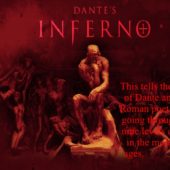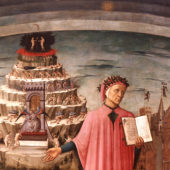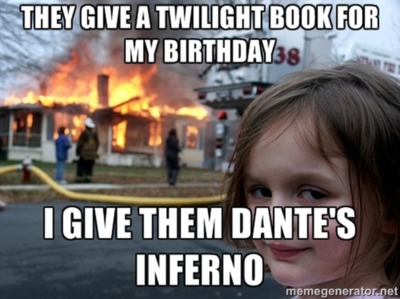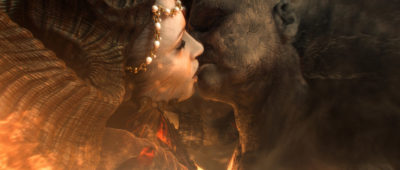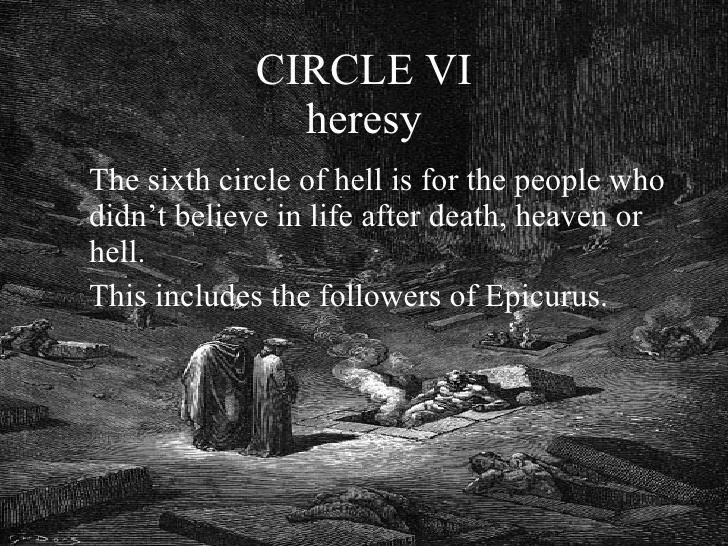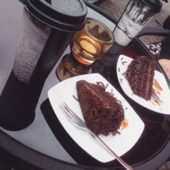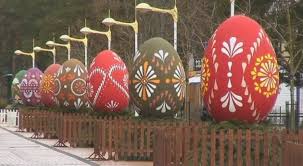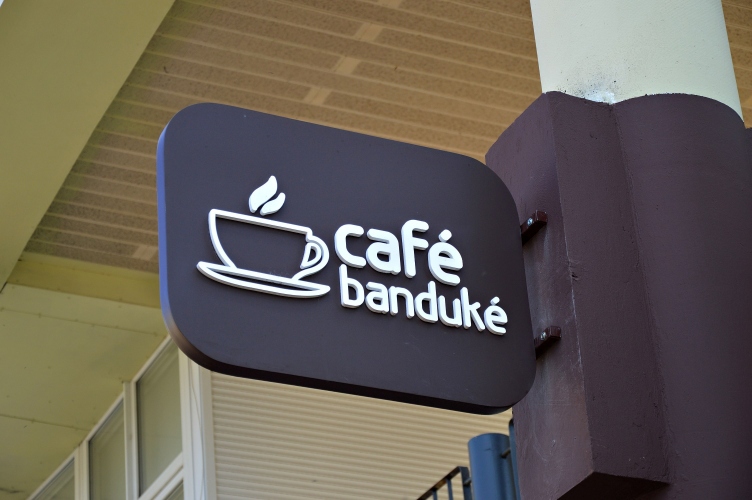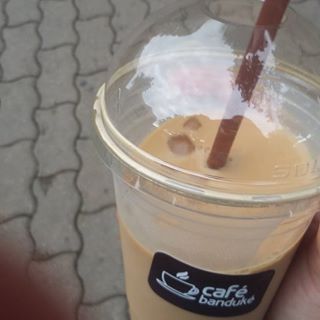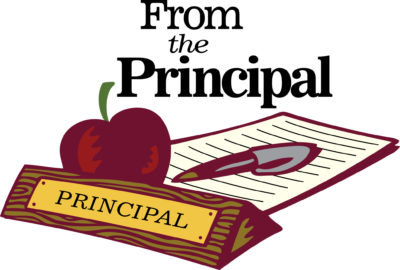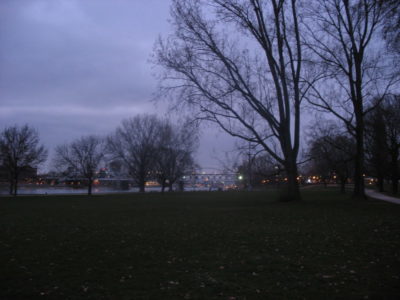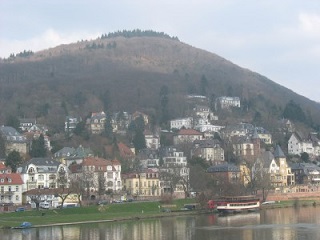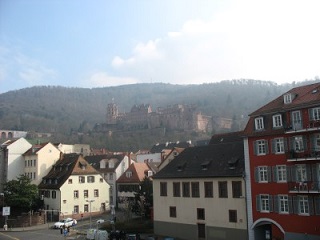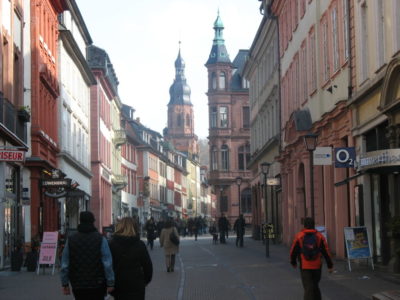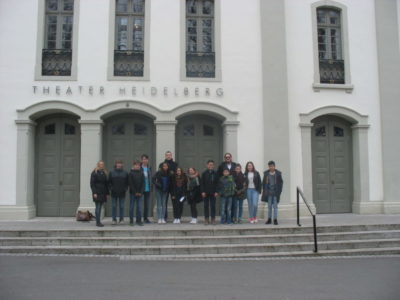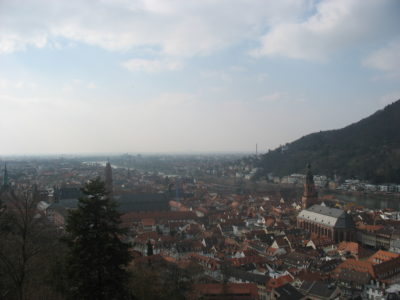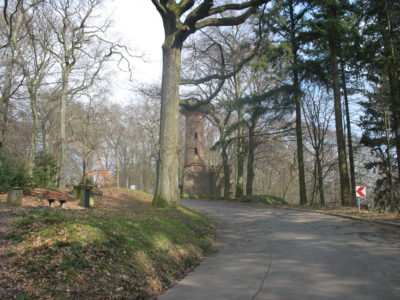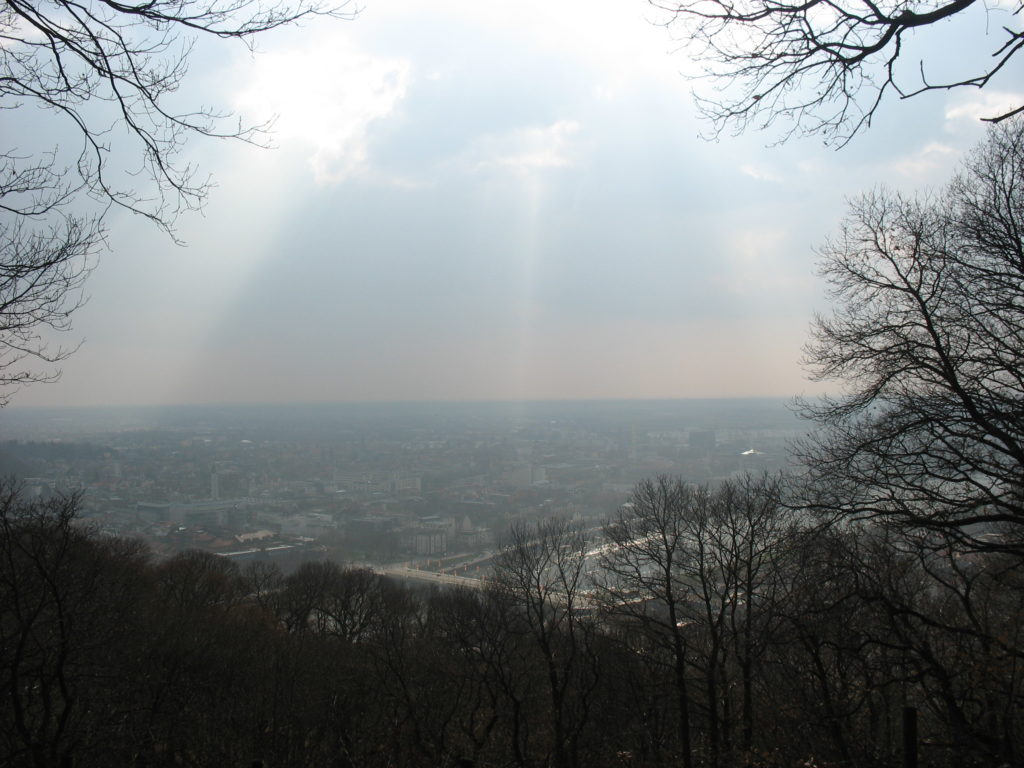In Spain, according to the law, it is guaranteed thirteen years of free public education. Beginning in the infantile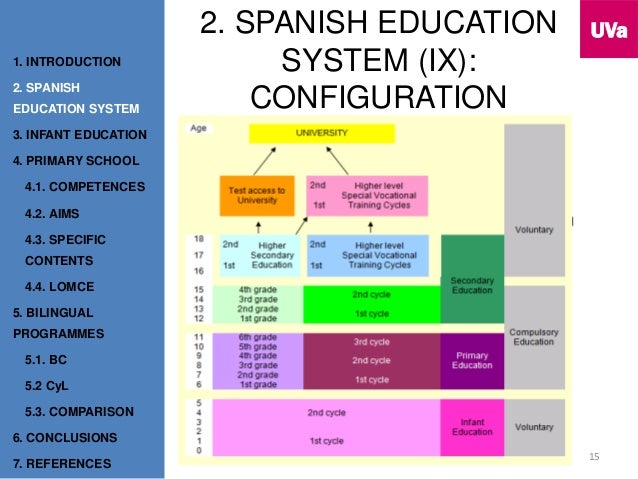
education (3-6) till the end of the secondary education (12-16) and going through the primary education (6-12). Out of those thirteen years only the primary and secondary education are obligatory (ten years).
The Spanish education system has a decentralised management and administration model, so educational powers are shared between the State General Administration (Ministry of Education, Culture and Sport) and the Autonomous Communities (Departments for Education).
Most of the schools are public; that means they are fully founded by the government.
In able to be an infantile or primary school teacher you must study a degree called “magisterio” (school-teaching would be the most accurate translation for that term) that is why this article is going to be focused in those two stages.
School:
– The ratio nowadays is around 25-30 students per teacher (it changes depending on the region of Spain you are in)
– All schools are mixed
– Every group has one main teacher which will be with them most of their time teaching Spanish, Sciences, Maths and Arts and Crafts. Then they will have specialists in Music, English (and French if so) and Physical education. (Could happen that the main teacher also is a specialist in one of these areas so he will teach it too to his group)
– Normally the schedule goes from 9:00 till 17:00 with a break a for the lunch and extra activities from 12:30 till 15:30.
Preschool in Spain is divided into two cycles, the first cycle is for children between the ages of 0-3 years old and the second cycle is for children from 3-6 years old. The first cycle of preschool is not free, although there are aid programs for families in need. The second cycle of preschool education in Spain is free for all students. This cycle is often considered as an integral part of the education system. Normally, the first cycle of preschool is taught in special nursery schools or daycares (kindergarten) and the second cycle is taught at primary schools. However, more and more primary schools in Spain are beginning to offer the first cycle of preschool as well.
Primary school in Spain, is the beginning of the government required education in Spain. Primary school is made up of 6 academic school years from age 6 through 12. The system is divided into three cycles of 2 years each. Generally, the first cycle is from age 6-7, the second cycle from 8-9, and the third cycle from 10-11 years of age.
The objective is to give Spanish students a common and solid basic education in culture, oral expression, reading, writing and arithmetic. Required courses include: social studies, art education, physical education, the Spanish language and, if different, the official language of the Autonomous Community, foreign languages and math.
The teaching methodology is directed towards developing pupils and integrating their different experiences and learning styles. Spanish primary education is focused on personalized and tailored classes depending on the level of each child.
Inclusion:
Nowadays the Spanish educational system it is integrated in a context of Inclusive Education. It claims that the educative experience should be an individualised process, where everybody is accepted and provided with everything needed according to their needs.
What do we mean by needs? As a difference to past times, needs does not have a negative connotation anymore. Students, with their own particular situation will be helped to develop their capacities no matter what it takes or which situation it is. (This could be difficulties because of personal reasons, diseases, conditions etc; everybody has to be included in the system no matter what it takes with the idea of creating a normalized environment which prepares student for the real world)
It is a moral obligation also, to work in this context, given the multicultural situation that we as teachers will find in our groups in the schools.

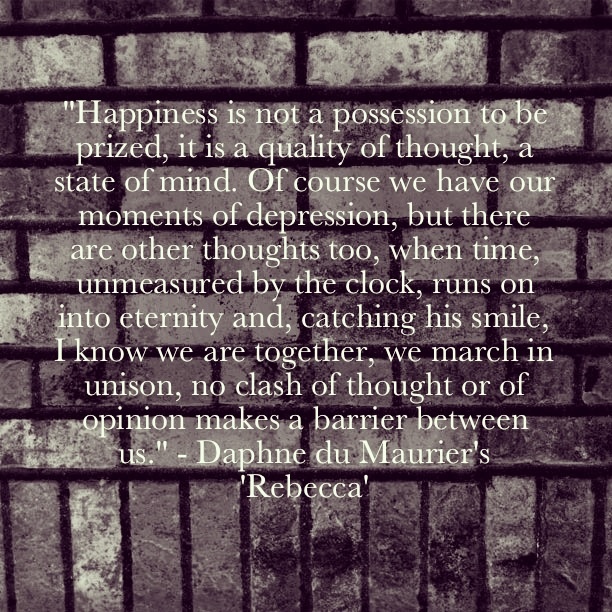 becoming colder and colder, when one evening, the missing body of Rebecca is finally found. After this revelation Maxim has no other choice but to admit to his new wife the truth. Rebecca was a horrid person, who cheated on him constantly and disrespected him through out their whole marriage, so Mr.de Winter lost his patience and shot his wife. After this revelation, a lot of troubles has yet to come to the heroine and her husband, but at least she finally
becoming colder and colder, when one evening, the missing body of Rebecca is finally found. After this revelation Maxim has no other choice but to admit to his new wife the truth. Rebecca was a horrid person, who cheated on him constantly and disrespected him through out their whole marriage, so Mr.de Winter lost his patience and shot his wife. After this revelation, a lot of troubles has yet to come to the heroine and her husband, but at least she finally finds peace with herself and shakes off the long stuck Rebeccas image. She once again starts to believe in her husbands love and finds the strength to help him overcome the problems that await.
finds peace with herself and shakes off the long stuck Rebeccas image. She once again starts to believe in her husbands love and finds the strength to help him overcome the problems that await. 





 easily filled with the beans bought online. However it is prepared, it is made with an attention to detail to ensure consistency, starting with fresh quality beans.
easily filled with the beans bought online. However it is prepared, it is made with an attention to detail to ensure consistency, starting with fresh quality beans.


 “The Stranger” is one of the books, where existential problems of a person are touched. The novel was published in 1942 and written by a French philosopher, author, and journalist Albert Camus. In all his works we clearly can see the theme of absurd and the individual facing it.
“The Stranger” is one of the books, where existential problems of a person are touched. The novel was published in 1942 and written by a French philosopher, author, and journalist Albert Camus. In all his works we clearly can see the theme of absurd and the individual facing it.
 At the end I would like to say, that not always we must play by the rules, sometimes life send us challenges that we must complete acting against the rules. Life is changing, so do we. There are a lot of “Strangers” in our society nowadays. And as Meursault mentioned while speaking with chaplain, that nobody has the right to judge him for his actions or for who he is, and no one has the right to judge someone else. 💡
At the end I would like to say, that not always we must play by the rules, sometimes life send us challenges that we must complete acting against the rules. Life is changing, so do we. There are a lot of “Strangers” in our society nowadays. And as Meursault mentioned while speaking with chaplain, that nobody has the right to judge him for his actions or for who he is, and no one has the right to judge someone else. 💡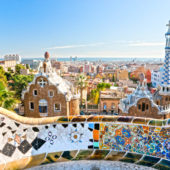


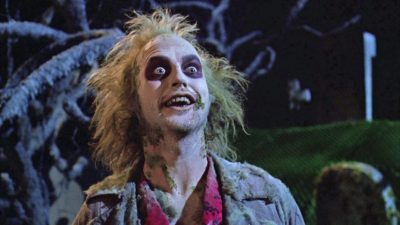
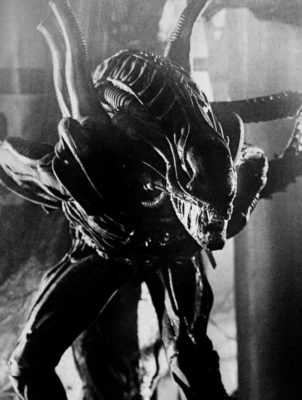


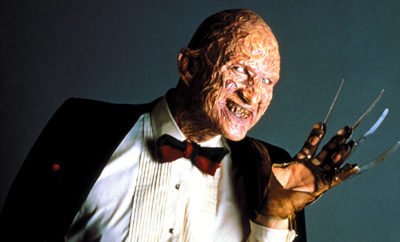
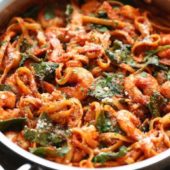
 really hit the books… But don’t let food take the back burner. You need to keep yourself nourished and full ofenergy to make it through those classes, study sessions, and probably a part-time job too. I know it’s easier to just stop and grab some fast food, or how when you’re totally stressed nothing sounds better than take-out pizza, but I promise you, a home cooked meal will take you much further. So, I decided to write down my favorite recipe for college students to help those who are still working through those difficult years. What makes a recipe good for students? It needs to be easy, filling, totally tasty, good as leftovers, or a good way to squeeze in some vegetables. “One pot sausage and mushroom pasta” is a perfect example of a simple and budget friendly dish for college students. It’s so nice to just cook everything in one pot and have less to wash, especially when you don’t have a dishwasher, like me. Not to mention they’re super quick and cooking the pasta in the sauce/broth just adds so much flavor.
really hit the books… But don’t let food take the back burner. You need to keep yourself nourished and full ofenergy to make it through those classes, study sessions, and probably a part-time job too. I know it’s easier to just stop and grab some fast food, or how when you’re totally stressed nothing sounds better than take-out pizza, but I promise you, a home cooked meal will take you much further. So, I decided to write down my favorite recipe for college students to help those who are still working through those difficult years. What makes a recipe good for students? It needs to be easy, filling, totally tasty, good as leftovers, or a good way to squeeze in some vegetables. “One pot sausage and mushroom pasta” is a perfect example of a simple and budget friendly dish for college students. It’s so nice to just cook everything in one pot and have less to wash, especially when you don’t have a dishwasher, like me. Not to mention they’re super quick and cooking the pasta in the sauce/broth just adds so much flavor.
